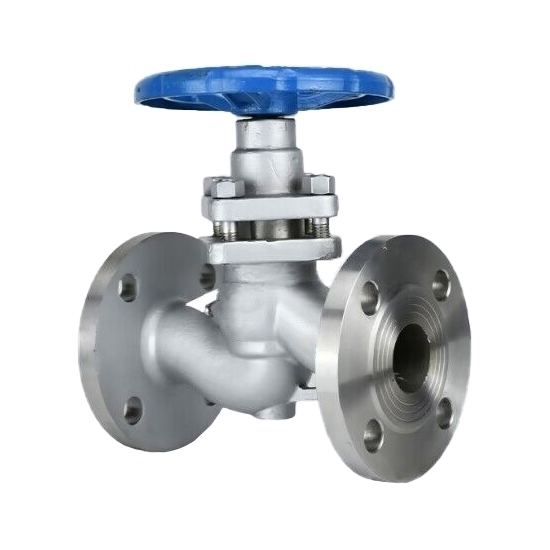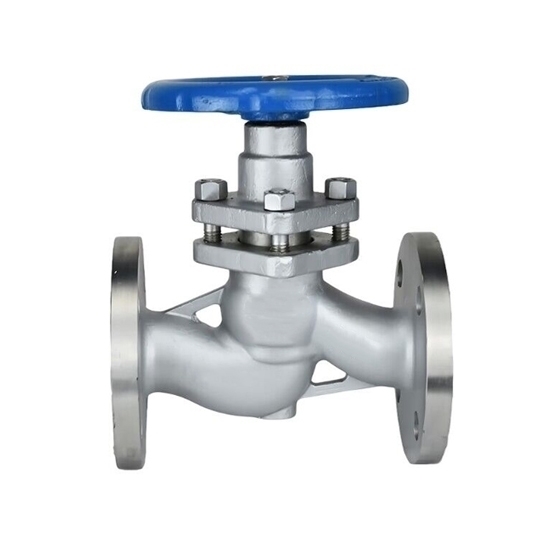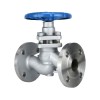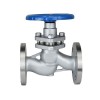



- Stock: In Stock
- Model: RDDLZ-PV-DN80
- Weight: 1.00
- SKU: RDDLZ-PV-DN80
Available Options
Note: This plunger valve cannot be used for drinking water.
Buy a reliable plunger type valve online with a DN80 bore size and a nominal pressure of 1.6 MPa, other pressures are available on request. With this 3" plunger valve you can control the flow precisely and increase efficiency.
Specification
- Model: RDDLZ-PV-DN80
- Nominal Pressure: 1.6MPa
- Material: Carbon Steel
- Connection Method: Flange connection
- Medium: Water, steam, oil
- Applicable Temperature: ≤425℃
- Weight: 44kg
Features
- When switching on and off the plunger valve, the plunger moves slowly in the sealing ring and the contact surface is hardly worn.
- The sealing ring adopts new non-toxic sealing material with strong elasticity and high wear resistance, which is reliable and durable.
- In the valve between the plunger and the sealing ring using interference fit, thus ensuring the sealing of the valve and eliminating internal and external leakage.
- When closed, the plunger is inserted into the lower sealing ring to cut off the flow channel.
- When opened, the plunger is detached from the lower seal ring but remains hidden in the upper seal ring, keeping it isolated from the outside world and preventing leakage.
Dimension (Unit mm)
| Nominal Diameter | L | D | D1 | D2 | b | Z-φd | H |
| DN80 | 310 | 195 | 160 | 135 | 20 | 8-φ18 | 300 |
Applications
Plunger valves are commonly used in a variety of industrial applications where reliable and precise control of fluid flow is required. Some typical applications include chemical processing, oil and gas production, power generation, and water treatment.
Tips: What are the different types of plunger valves?
Plunger valves are a type of valve used in various applications to control the flow of fluids or gases. They consist of a plunger or piston that moves up and down to either block or allow the flow of the fluid. Here are some different types of plunger valves:
- Lift-type plunger valves: These valves have a plunger that moves vertically to allow or block the flow of fluid.
- Diaphragm-type plunger valves: These valves have a flexible diaphragm that moves up and down in response to changes in pressure. The diaphragm controls the flow of fluid through the valve.
- Screw-type plunger valves: These valves have a plunger that is rotated in a screw-like motion to control the flow of fluid.
- Spring-loaded plunger valves: These valves have a plunger that is held in place by a spring. When the pressure on one side of the valve increases, the plunger moves to allow fluid to flow through the valve.
- Ball-type plunger valves: These valves have a ball-shaped plunger that moves up and down to control the flow of fluid. The ball can be made of various materials, such as rubber, plastic, or metal, depending on the application.
- Needle-type plunger valves: These valves have a tapered plunger that is moved in and out of a seat to control the flow of fluid. They are often used in applications that require precise flow control.
